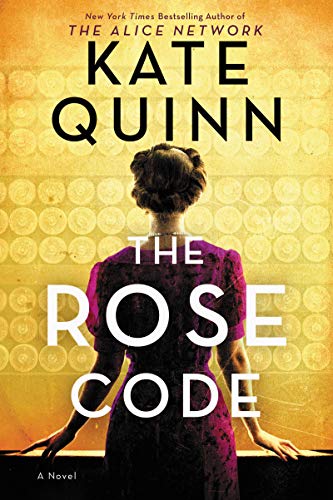Visit Amazon’s Paul Levine Page
THE “FLESH & BONES” BACKSTORY
By Paul Levine

Recovered Memories: Real, Imagined…or Fake?
The idea for “Flesh & Bones” came from a real murder case involving the controversial notion of repressed memory syndrome.
Here’s how it started. A 29-year-old California woman reported to police that she suddenly remembered seeing her father rape and kill a schoolmate twenty years earlier. Were the memories real? Or dreams? Or outright fabrications?
The D.A. thought they were real. And so did the jury which heard the case of the previously unsolved child killing. The father was sentenced to life in prison and served seven years before a federal court determined that the daughter’s testimony had been tainted by hypnotic therapy.
Out of that grew my notion of a troubled young model, Chrissy Bernhardt, who walks into a Miami Beach bar and shoots her father in front of dozens of witnesses…including linebacker-turned-lawyer Jake Lassiter. Chrissy claims that, under hypnotic regression therapy, she recovered memories repressed long ago: her father’s sexual abuse.
As I did while researching the book, Lassiter interviews a skeptical psychiatrist who tells him that memories are “malleable” by therapists.
“We can thank Freud for the theory that all our experiences are stored away somewhere in the brain, just waiting to be recovered by therapy,” Dr. Santiago said. “A huge number of his patients seemed to recall terrible memories of childhood incest. Initially, Freud accepted the stories as true. Later, he concluded they were ‘screen memories,’ fantasies hiding primitive wishes. Others believe they’re just false memories.”
“So what’s the truth?” I asked.
“Oh, memories may be repressed and then recovered, but does that make them true? I’m sure you remember many events in your life that are absolutely false.”
“I don’t get it. If I remember them, they’re true.”
“Not necessarily. You may try to store memories like a librarian shelving books. But each of us constructs a personal myth about what we think is true. We may exaggerate. Good times in the past become even better, hard times even worse. Individuals who were bad become outright demons. And some of our memories might simply be dreams that never took place at all.”
Lassiter soon discovers that his client’s shrink might have his own motive for wanting Chrissy’s father dead. So might her brother, for purely financial reasons. All of that plays out against the very real debate about the science of the mind. Are the memories dug out of the subconscious through hypnosis real or imagined?
The psychiatrist tells Lassiter: “Memory suppression is hardly unknown. In one study, researchers found that thirty-eight percent of adult women who had been treated for sexual abuse as children had no memories of the incidents. The difficulty is to recover the memories without contamination by post-event occurrences or suggestions by therapists, whether innocent or malevolent.”
That’s the heart of “Flesh & Bones”and every murder trial. Separating the innocent from the malevolent.
–Paul
















